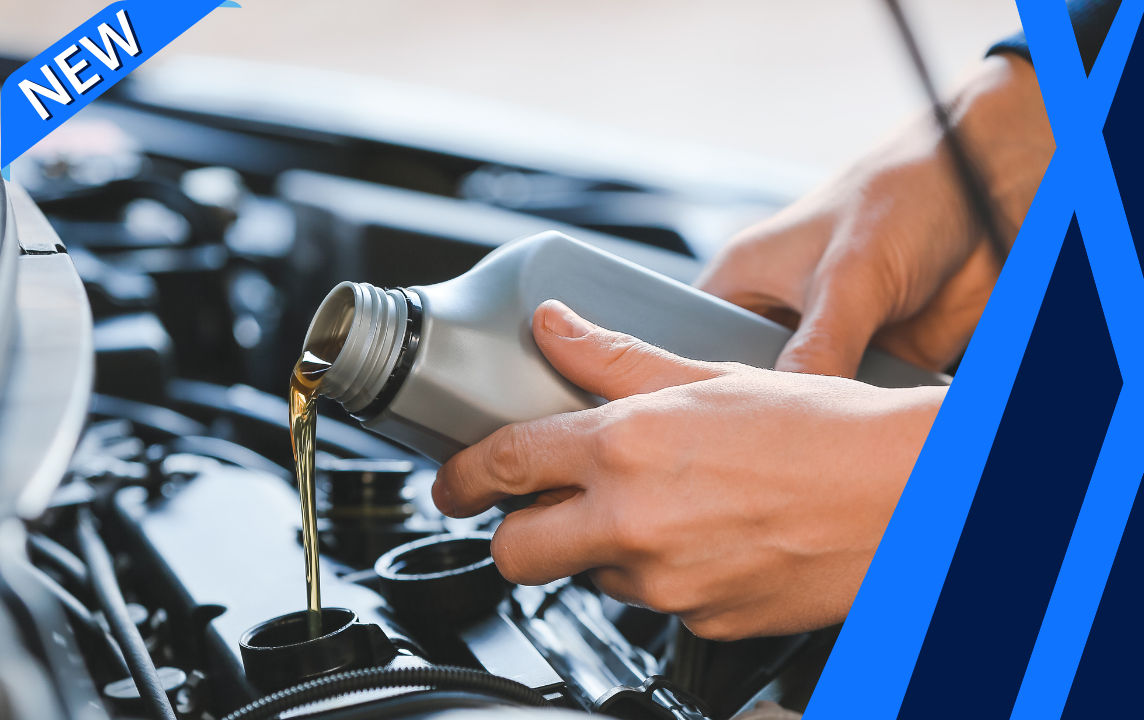Description
Wheel Stud Replacement
What are wheel studs and how do they work?
Wheel studs are high-strength, threaded steel fasteners that securely hold the wheel and tyre assembly to the axle hub. Typically, there are 4 to 6 studs per wheel pressed or threaded into the wheel hub. The wheel and tyre assembly is mounted on the hub centring ring and the studs protrude from the hub through the wheel mounting holes. Lug nuts are threaded onto the studs to hold the wheel to the hub securely.
When to consider replacing wheel studs:
- The wheel is loose or wobbling. The wheel and tyre assembly must be held evenly and securely to the wheel hub by the lug nuts attached to the studs. If the lug nuts are not tightened securely, it can cause the wheel to vibrate, loosen and wobble, which can damage or even break the wheel studs and lug nuts, potentially causing the wheel to separate from the vehicle.
- Missing or broken studs, or damaged threads. If the stud is missing or broken, the lug nut attached to the stud will be missing and the wheel will hold securely. When the threads on the stud are worn, rusted away, or otherwise damaged, the lug nut may not achieve the required torque and could come loose while driving.
- Stud turns in place when fastening lug nut. When the stud spins in the wheel hub while tightening, it should be replaced. During replacement, the mounting hole in the wheel hub should be inspected for damage.
How do mechanics replace wheel studs?
- The car is raised and supported on steel jack stands.
- The wheel and tyre assembly, brake rotor, and caliper are removed.
- On vehicles where there is sufficient access at the back of the wheel hub, a compact tool is used to press the defective stud out of the hub.
- The wheel hub must be removed on vehicles with no access to use a compact stud remover. When the hub must be pressed out of the steering knuckle, the wheel bearing is typically replaced in the process of removing the hub. Sometimes, the entire hub and bearing assembly with the studs included can be replaced.
- The new stud or studs are pressed into position from the back of the hub, the brake caliper and rotor are reinstalled, and the wheel is placed onto the studs.
- The wheel lug nuts are tightened to the factory specifications.
Is it safe to drive with wheel stud problems?
No, but you can temporarily drive a vehicle at low speeds and for short trips with one missing wheel stud. However, if more than two studs are broken, it is recommended to repair the car prior to further use. Having all-wheel studs in place with evenly tightened lug nuts prevents distortion of the brake rotor. Over longer periods, missing studs can damage the brake rotor, the wheel, and the remaining studs. A car may vibrate when driving with missing wheel studs and can cause the other studs or lug nuts to loosen. This can lead to the wheel separating from your tyre while driving.
When replacing wheel studs, keep in mind:
- Wheel studs are made of high-strength steel. If a stud has broken, it is typically due to previous overtightening. Lug nuts should be tightened using a calibrated torque wrench or a torque limiting device.
- Published torque values assume that studs are dry, clean, and free of all lubricants. Oil, grease, anti-seize or any similar compound should not be applied to the threads of a wheel stud or lug nut.
- Should a vehicle require removal of the wheel hub to add a new wheel stud, studs on the hub should be replaced. However, only defective studs need to be replaced if there is access from the back of the hub.
- Lug nuts should be tightened in a star or crisscross pattern specified by the original equipment manufacturer to avoid warping the brake rotor or drum and damaging the wheel.




